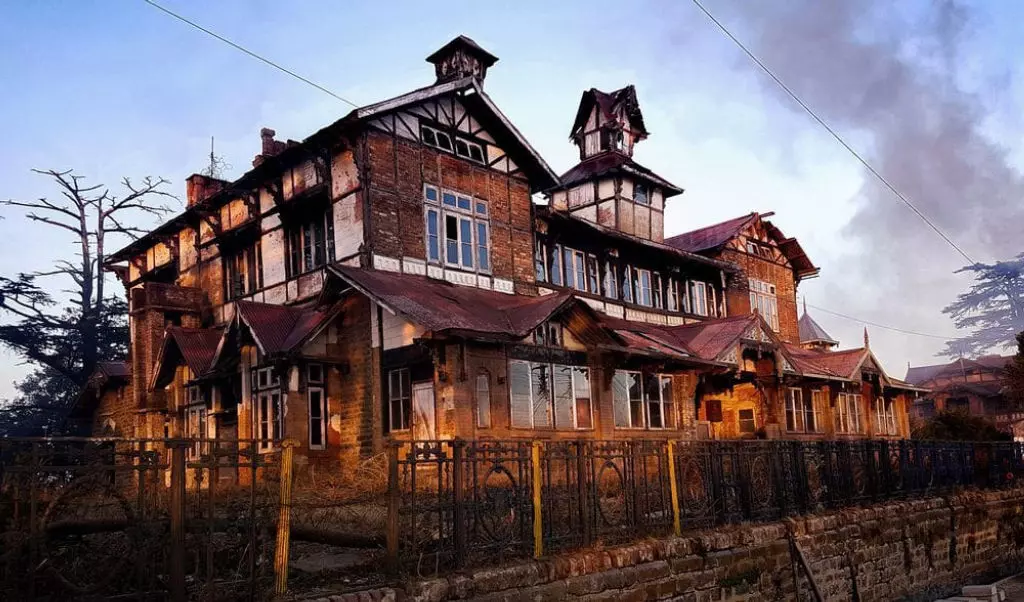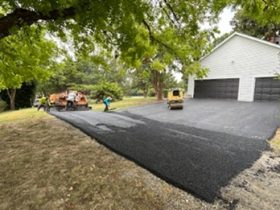Haunted houses have long captured the human imagination, inspiring countless tales of ghostly encounters and spine-chilling experiences. These enigmatic dwellings, shrouded in mystery and intrigue, continue to fascinate and terrify in equal measure. In this article, we embark on a journey to unravel the secrets of haunted houses, delving into their history, psychology, and the eerie phenomena that surround them.
The History of Haunted Houses:
From ancient folklore to modern-day urban legends, stories of haunted houses have permeated cultures across the globe. The concept of spirits lingering in earthly abodes dates back centuries, with accounts of restless souls and malevolent entities haunting specific locations. Whether fueled by superstition or genuine belief, these tales serve as a testament to humanity’s enduring fascination with the supernatural.
Psychology of Fear:
What compels us to seek out the thrill of a haunted house experience? Psychologists suggest that the allure lies in our innate curiosity and fascination with the unknown. The adrenaline rush triggered by fear can be addictive, prompting individuals to seek out increasingly intense encounters. Moreover, the element of danger, albeit perceived, adds an exhilarating dimension to the experience.
Eerie Phenomena:
Haunted houses are often associated with a myriad of paranormal phenomena, ranging from inexplicable sounds and apparitions to feelings of unease and dread. Witnesses recount encounters with shadowy figures, disembodied voices, and objects inexplicably moving of their own accord. While skeptics attribute such occurrences to tricks of the mind or environmental factors, others remain convinced of their supernatural origin.
Investigating the Unexplained:
Paranormal investigators and enthusiasts have long sought to uncover the truth behind haunted houses, employing an array of scientific tools and techniques in their quest for answers. Electronic voice phenomena (EVP) recordings, infrared cameras, and electromagnetic field (EMF) meters are among the equipment used to document and analyze purported paranormal activity. Despite advancements in technology, conclusive evidence remains elusive, leaving the mystery of haunted house unresolved.
The Role of Belief:
Belief plays a pivotal role in shaping our perceptions of haunted houses and the supernatural realm. For some, a mere suggestion of ghostly presence is enough to evoke fear and apprehension, while others approach such claims with skepticism and rational inquiry. Cultural and religious beliefs also influence how individuals interpret and respond to encounters with the paranormal, further highlighting the subjective nature of the phenomenon.
Haunted Houses in Popular Culture:
The allure of haunted houses extends beyond real-life encounters, permeating literature, film, and television. From classic tales like Shirley Jackson’s “The Haunting of Hill House” to modern horror franchises like “The Conjuring,” haunted houses continue to serve as a rich source of inspiration for storytellers. These fictional portrayals often draw upon real-life accounts and urban legends, amplifying the sense of terror and suspense for audiences.
Conclusion:
Haunted houses occupy a unique place in the human psyche, blending folklore, psychology, and the unexplained into a captivating tapestry of mystery and intrigue. Whether viewed as relics of a bygone era or manifestations of a supernatural realm, these enigmatic dwellings continue to captivate our imagination and challenge our perceptions of reality. As we navigate the realms of the known and unknown, the allure of haunted houses persists, beckoning the curious and the brave to explore their shadowy depths.










